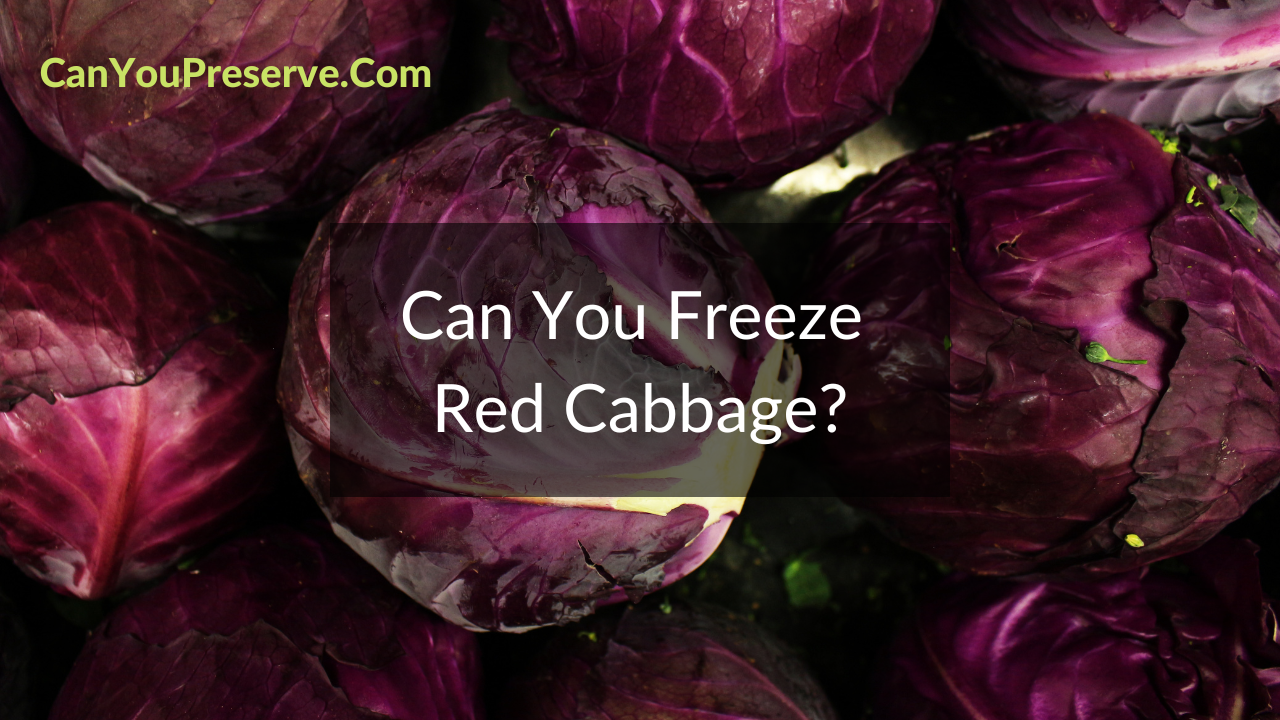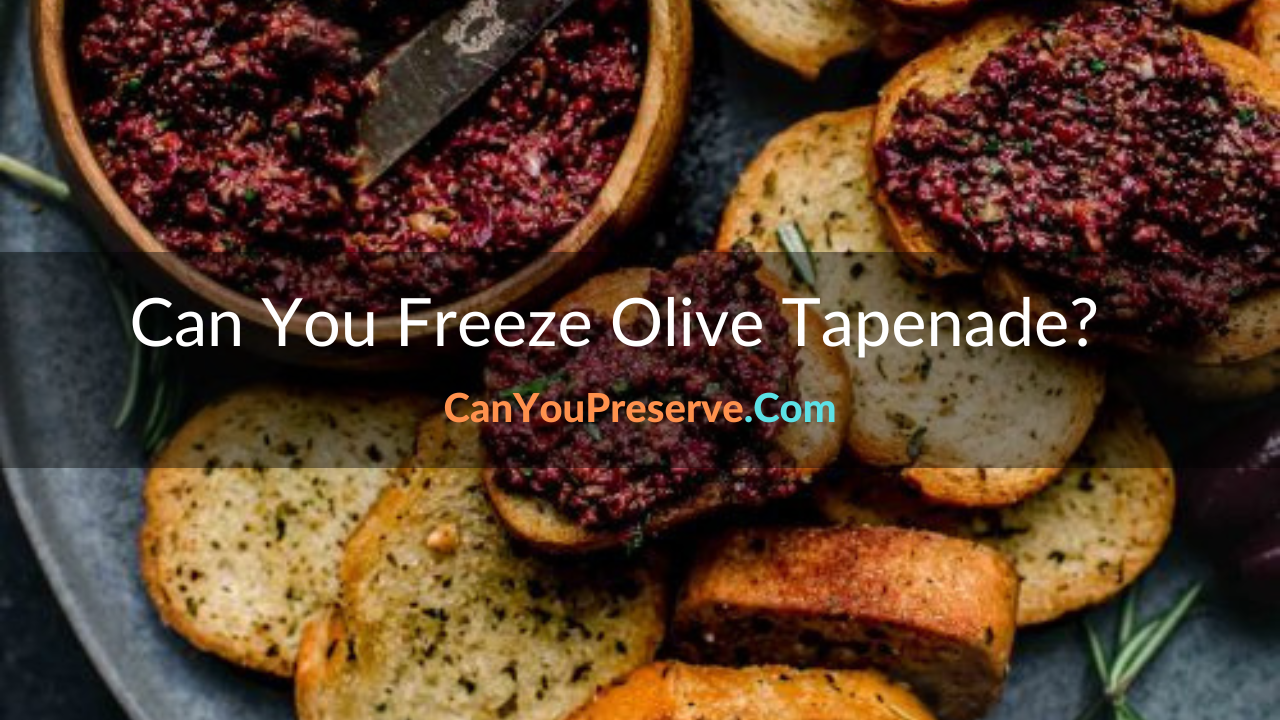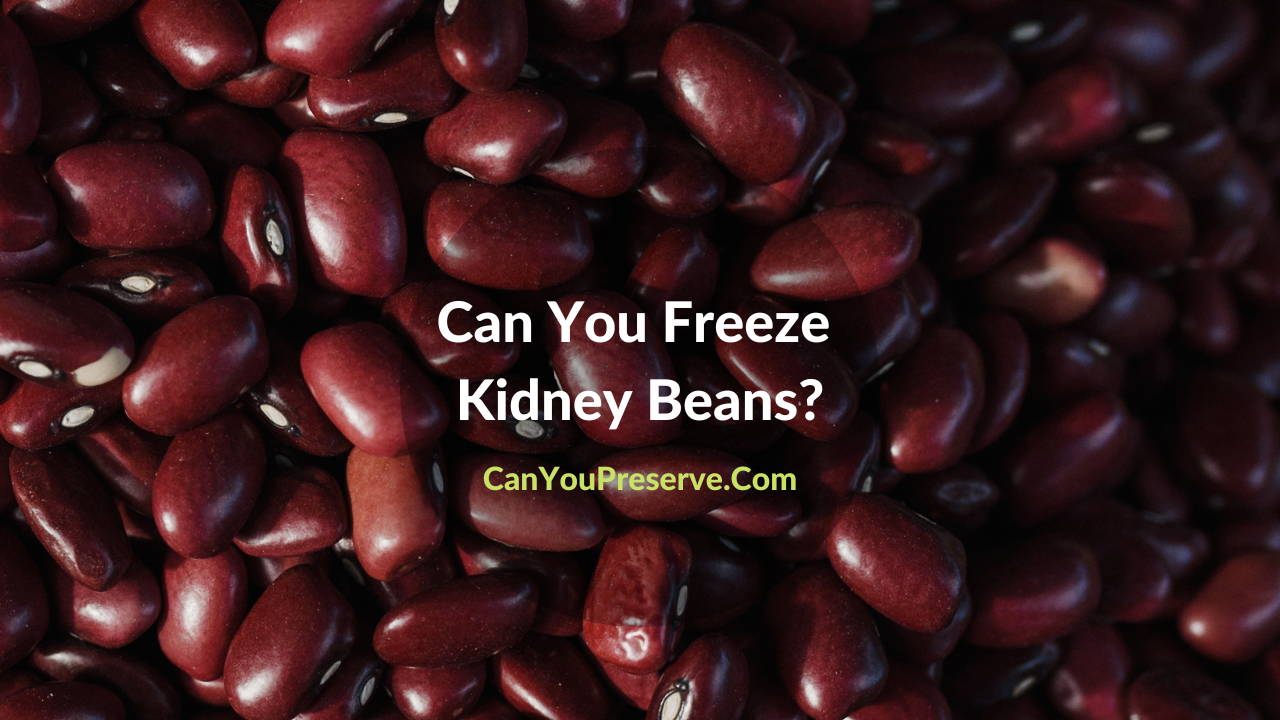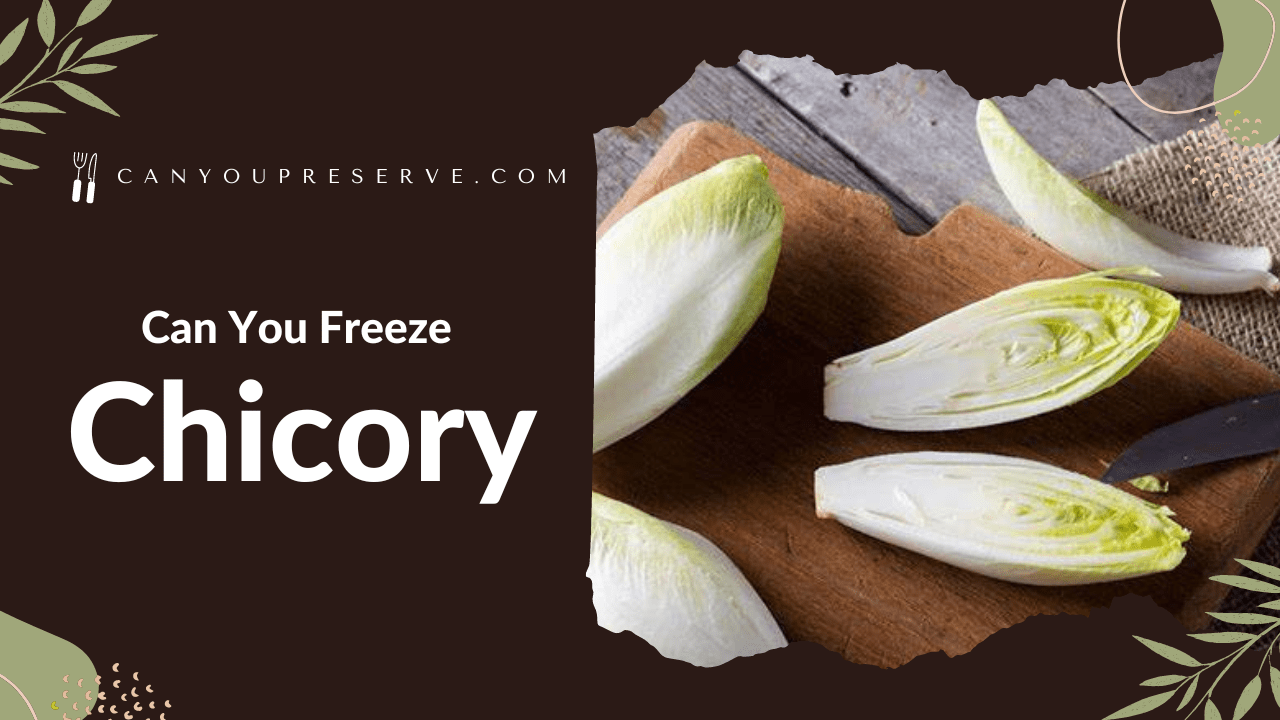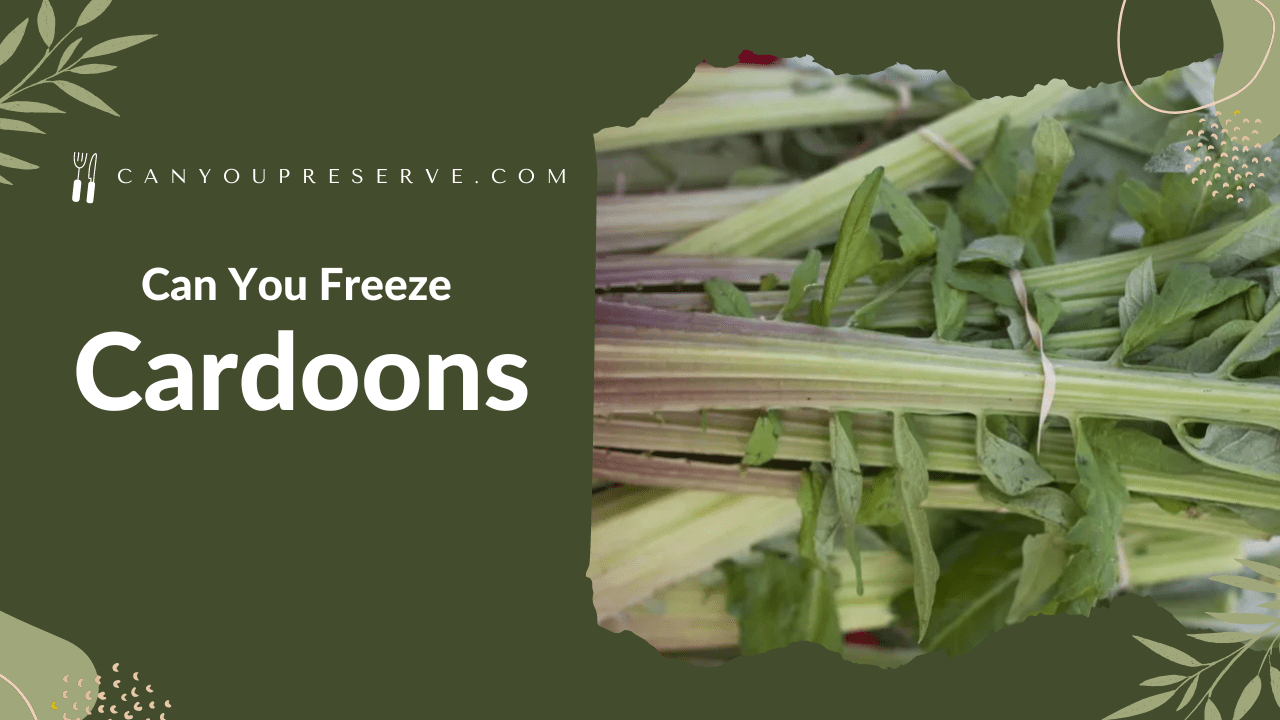Can You Freeze Endive?: Are you thinking to fill your basket with endive and yet in a fix on whether you could keep the stock fresh till you consume it again? Let us take accountability for your fond vegetable to store it well until your requirement rises. So, you can focus on buying and we shall give you the right method to store and freeze endive as and when you want.
Just ensure one thing the endive is fresh while you buy it. Also, we shall cover some additional information like how long can the endive be frozen, what are the things to keep in mind while freezing the endive, whether can it be re-frozen, etc.
- Can You Freeze Endive?
- How To Freeze Endive?
- How Long Can You Freeze Endive?
- Do Endive Freeze Well?
- How Do You Defrost Endive Quickly?
- Can You Refreeze Endive After Thawing?
- How do you freeze fresh endives?
- How long will endive last in the refrigerator?
- How do you store chopped endives?
- Can you freeze curly endive?
- Can you blanch fresh endive for freezing?

Can You Freeze Endive?
Yes, you can practically freeze the endive for 3 months provided you follow the right method to do it. Are you one of those who want to freeze endive and don’t know where exactly to start? We shall be giving a detailed account of the process to freeze endive in this article.
How To Freeze Endive?
The proper way to freeze endive is quite important regardless of the quantity. Freezing endive is quite similar to other vegetables, let’s have a look at the steps involved:
Wash the entire endive quantity you are planning to store for your future days. They might contain some dust particles and gravel that get cleaned on thorough washing. After washing chop them into pieces as per your future requirement. Finally, you can divide the entire endive into smaller portions.
Now boil water in a pot and put the chopped endive into it for a maximum of 2 minutes. Immediately remove the endive after 2 minutes and place it inside an ice-cold water bath. This step ensures that the color of the endive along with its nutritional value is retained.
After blanching the endive, dry it over a paper towel to absorb the moisture present on the surface of the endive portion. It will prevent the formation of crystals on the surface which later deteriorates the endive. Hence, it is quite important to dry it.
Once the drying of the endive is done, choose the suitable bags where you will be storing the endive. Transfer the endive into smaller portions into ziplock silicone bags by removing as much air as possible. Before placing them into the freeze, label the packs with the date and contents to keep track of the number of days frozen.
How Long Can You Freeze Endive?
Endive can be frozen for 3 months and after that, it is not recommended as it loses its texture and tastes different. For a shorter time of 1 week or less, you can store the same in the refrigerator. Also, try consuming the frozen endive before 3 months as the earlier you eat the better it is for your health and taste buds too.
Do Endive Freeze Well?
Yes, endive freezes well just like other vegetables, and even stays fresh for 3 months if frozen the right way. Hence, freezing endive will never be a concern for the doer. But here’s a catch frozen endive might not land well on salads and raw recipes as they tend to become mushy and soggy after defrosting. For soups and stews, frozen endive is ideal.
Also, refer
How Do You Defrost Endive Quickly?
You can put the frozen endive container into the microwave or a saucepan of boiling water and within a few minutes, green leafy endive shall be ready for you. If you have a lot of time and there is no hurry, place the frozen endive into the refrigerator overnight and it shall be ready for consumption by the next day.
Can You Refreeze Endive After Thawing?
No, it is not recommended to re-freeze the endive after thawing it. As most of the moisture is lost after the initial freezing. And on re-freezing it turns soggy which is why it is not advised to refreeze.
Instead, we recommend freezing it in portions which helps to decide easily how much endive is required to be consumed. Also, food wastage will be saved as after thawing re-freezing the endive will be futile.
FAQs on Can you Freeze Endive
1. How do you freeze fresh endives?
You can freeze fresh endives after blanching them for 4 minutes. Place them in ice-cold water after blanching. Now place the endives in freezer-safe bags and then in the freezer.
2. How long will endive last in the refrigerator?
Endive greens placed in plastic bags can be stored for up to 10 days in the fridge.
3. How do you store chopped endives?
You can keep the chopped endives in the refrigerator’s vegetable drawer.
4. Can you freeze curly endive?
Curly endive can too be frozen but the results might vary as it is easier to turn mushy during freezing. This will add a bitter flavor to the dishes you prepare, hence curly endives are better if refrigerated instead of freezing.
5. Can you blanch fresh endive for freezing?
Yes, blanching is a must for freezing endive as it helps to extend the product life of endive and the color and texture is too maintained. So, there is no problem in blanching fresh endive.
Key Takeaways
So overall endive can be relished at any given point of the year, provide it has been properly frozen and stored. This helps to prevent food waste, retain the taste and texture, and importantly gives an economical and conventional method to store the vegetable.
Next time when you stop in front of your favorite endive seller, don’t hesitate to grab a surplus amount as we are here to guide you with the rest part of the story.
